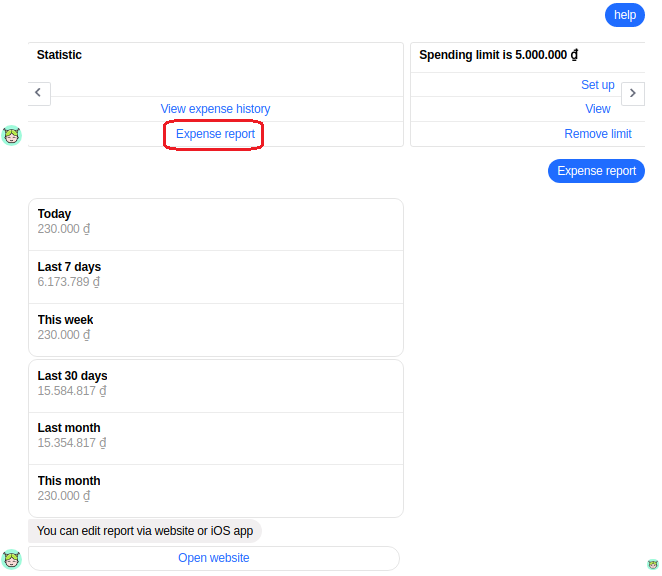In today’s fast-paced and demanding world, work-life balance has become an increasingly important concept. It refers to the equilibrium between professional responsibilities and personal well-being, allowing individuals to effectively manage their work and personal lives. In this article, we will delve into the meaning of work-life balance, its significance, and practical strategies to achieve a harmonious integration of work and personal life.
1. Defining Work-Life Balance
Work-life balance is the state of equilibrium where individuals can effectively manage their professional commitments while maintaining a fulfilling personal life. It involves allocating time, energy, and attention to various aspects, such as work, family, health, leisure, and personal development. It is not about equal time distribution but rather finding a healthy and satisfying integration that meets individual needs.
2. Prioritizing Personal Well-being
Work-life balance emphasizes the importance of prioritizing personal well-being alongside professional achievements. It involves recognizing that personal fulfillment, physical health, mental well-being, and nurturing relationships are essential components of a balanced and satisfying life. Prioritizing self-care ensures individuals have the energy and resilience to excel both personally and professionally.

3. Establishing Boundaries
Creating boundaries between work and personal life is crucial for achieving work-life balance. This involves setting clear limits on working hours, avoiding excessive overtime, and respecting personal time. Establishing boundaries helps individuals maintain focus, reduce stress, and ensure that personal commitments receive the attention they deserve.
4. Effective Time Management
Time management plays a key role in work-life balance. It involves identifying priorities, planning and organizing tasks, and allocating time effectively. By setting realistic goals, avoiding procrastination, and delegating when necessary, individuals can optimize their productivity and create space for personal activities and relationships.
5. Flexible Work Arrangements
Flexible work arrangements, such as remote work, flexible schedules, or compressed workweeks, have gained popularity in recent years and contribute significantly to work-life balance. These arrangements provide individuals with greater control over their time, reduce commuting stress, and allow for better integration of work and personal responsibilities.
6. Managing Technology Usage
Technology has revolutionized the way we work, but it can also blur the boundaries between work and personal life. Practicing mindful technology usage involves setting boundaries for checking emails, avoiding constant connectivity during personal time, and utilizing technology to enhance efficiency rather than being controlled by it. This helps create a healthier balance and minimizes the intrusion of work into personal life.

7. Cultivating Supportive Relationships
Strong relationships, both at work and in personal life, are vital for work-life balance. Building a support network, whether it’s colleagues, friends, or family members, provides emotional support, sharing of responsibilities, and opportunities for social connections. Effective communication and collaboration with colleagues and loved ones contribute to a supportive environment that promotes work-life balance.
8. Regularly Reassessing Priorities
Work-life balance is a dynamic process that requires periodic evaluation and adjustment. Regularly reassessing priorities allows individuals to align their goals and values with their current life circumstances. As personal and professional demands evolve, it’s essential to make conscious choices and realign priorities to maintain balance and fulfillment.
Related articles:
- Unleashing Your Potential: What is Personal Growth?
- Striking a Balance: How to Improve Work Life Balance?
- Essential Soft Skills for Success: A Comprehensive List
- Work Life Balance Meaning and Its Important
Conclusion
Work-life balance is an ongoing pursuit that involves consciously integrating professional and personal responsibilities to create a fulfilling and harmonious life. By prioritizing personal well-being, establishing boundaries, managing time effectively, embracing flexibility, and nurturing supportive relationships, individuals can navigate the complexities of modern life and achieve a sustainable work-life balance that enhances overall happiness and satisfaction.
















